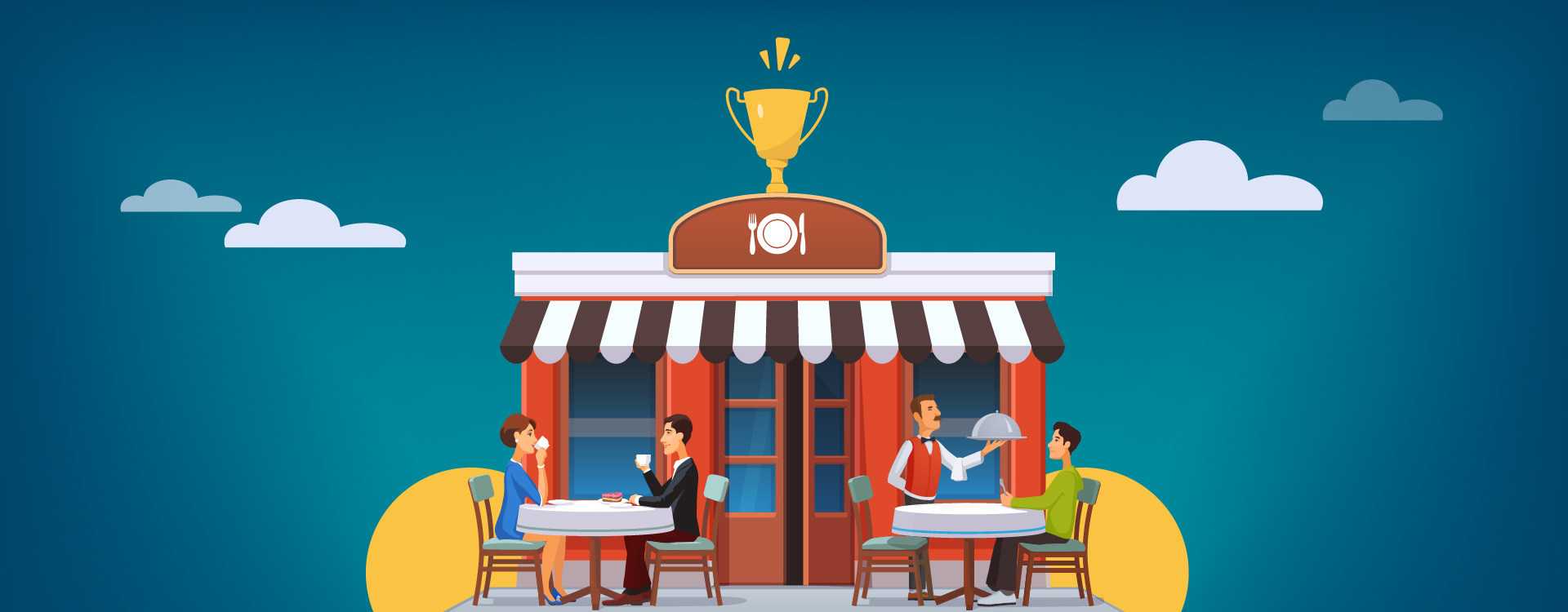The phenomenon of Indians eating out has gained momentum in the past decade, especially the organised food services that comprise chain hotels and standalone restaurants. Besides, quick-service restaurants like Pizza Hut, McDonald’s, Domino’s expanding their chains in India, standalone restaurants are not behind in gaining popularity. A standalone restaurant’s offerings vary from basic local cuisine to classical international cuisine and inexpensive to highly expensive dishes.
According to National Restaurant Association of India (NRAI) India Food Services Report (IFSR) 2019, the organised standalone restaurant owned a lion’s share of 75 percent worth of Rs 1,10,534 crore in 2018-2019. Out of the total food services market, the organised standalone restaurant market is expected to own 29 percent in 2022 from 24 percent in 2017, and also will be growing at a CAGR of 14 percent from Rs 82000 crore in 2017 to Rs 1,60,500 crore in 2022 as per a joint NRAI Technopak report.
‘‘
According to National Restaurant Association of India (NRAI) India Food Services Report (IFSR) 2019, the organised standalone restaurant owned a lion’s share of 75 percent worth of Rs 1,10,534 crore in 2018-2019.
Reasons for Standalone restaurants gaining popularity in India
Indians want to experience new cuisines and it is a behaviour that has been doing rounds in the food industry for the past ten years. India’s highest millennial population aged 18-35 has different food habits and has developed a taste for international cuisines which is proliferating the growth of standalone restaurants. Besides, there are other reasons for growth, here are some of these:
a. Increasing urbanisation: Households in urban India are now having both husband and wife employed. Both employed translates to higher income and hectic schedule which is fuelling the trend of eating out or ordering in.
b. More women in the workforce: The increased number of women in the workforce, the trend for home-cooked meals will go down. Women will seek convenience and will mostly opt for out-of-home food.
c.Increase in disposable incomes: Most millennials entering the workforce with a hike in disposable incomes and increasing aspirations to experience a life surrounded by brands due to the rising retail and mall culture is catalysing the growth.
d. Experience eating out: Hectic work schedules have led the working professionals to look for standalone restaurants serving unique cuisines as a part of their recreation apart from watching movies.
e. Experimentation: The middle-class Indians are coming out of the cocoon of hesitating to spend in global brands. The new indo-western fusion of cuisines and multiple modes of communicating it through social media develops hype around a particular outlet serving a unique cuisine which makes people go ‘FOMO’ (fear of missing out) about it resulting in experimentation.
f. Chef and Entrepreneurs Plunging in Standalone: Several celebrity chefs are launching their food ventures to serve world-class cuisines. For instance, famous Sri Lankan chef-restaurateur Dharshan Munidasa has built his standalone restaurant dedicated to a seafood menu in Mumbai by the name ‘Ministry of Crab’. Also, Indian chef Saransh Goila created his own Mumbai-based restaurant ‘Goila Butter Chicken’.
What Lies Ahead for standalone restaurants and hotels in the pandemic?
With restaurants witnessing lower footfall in hotels and restaurants for over a year, with increasing concerns of hygiene, it is likely that now consumer satisfaction will depend on convenience and safety measures which will be crucial to churn revenues rather than food and ambience. Several standalone hotels are seeking refuge in large hospitality chains to leverage their popularity and public perception to attract customers.
What is there for the start-ups foraying to launch consumer services in the standalone hotel market?
Most standalone food businesses will be moving in a cloud kitchen model that requires the packaging of the food item to ensure no spillage, no contamination, and follows the highest hygiene standards, this will pave a business opportunity for the start-ups in the food packaging sector. Besides packaging, several food businesses are taking the D2C or independent online ordering channel that requires last-mile delivery and logistics to be strong. This opens business opportunities for start-ups in third-party logistics.




